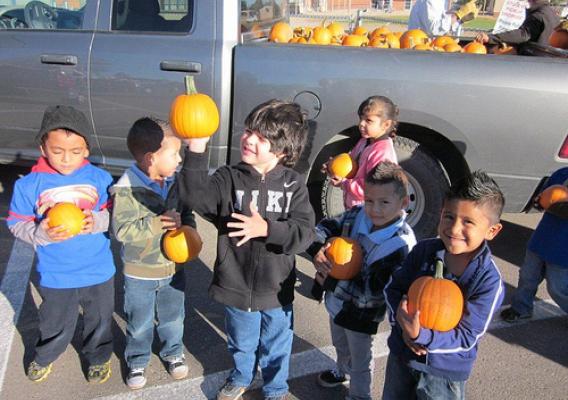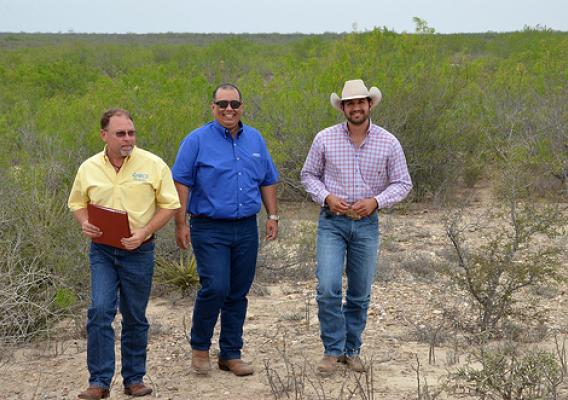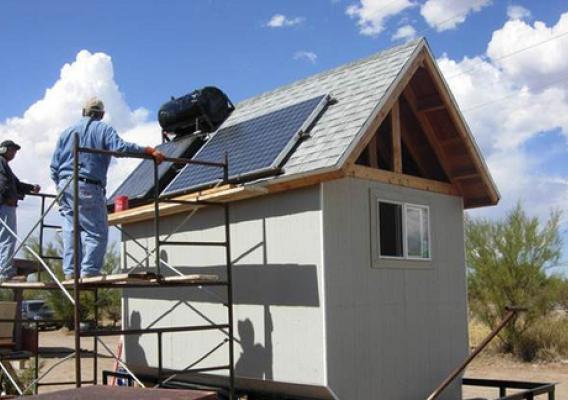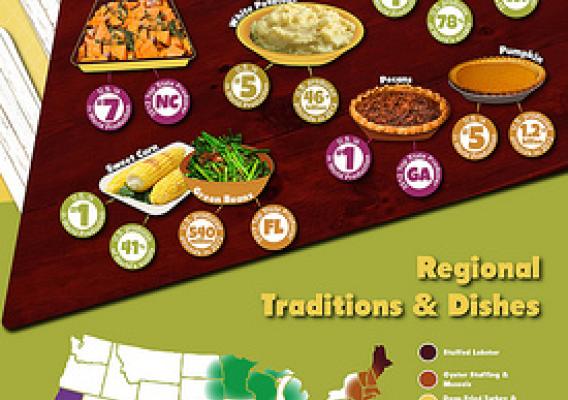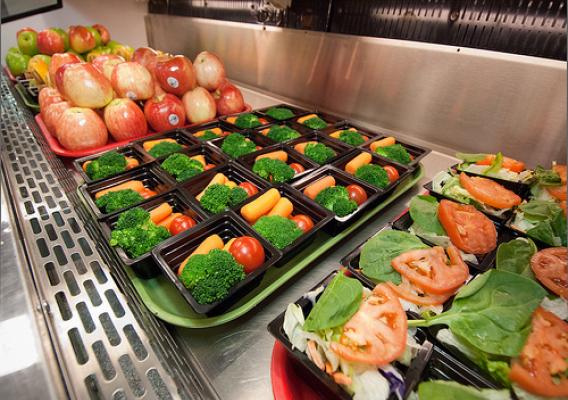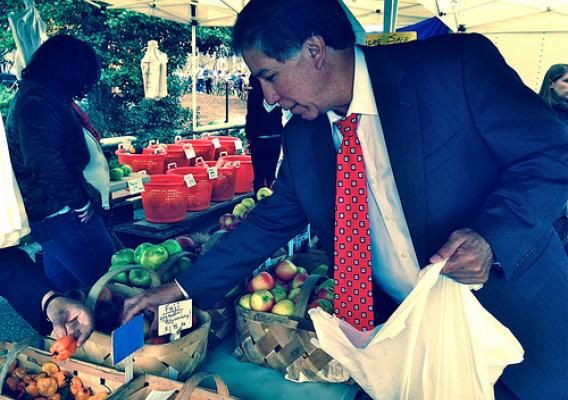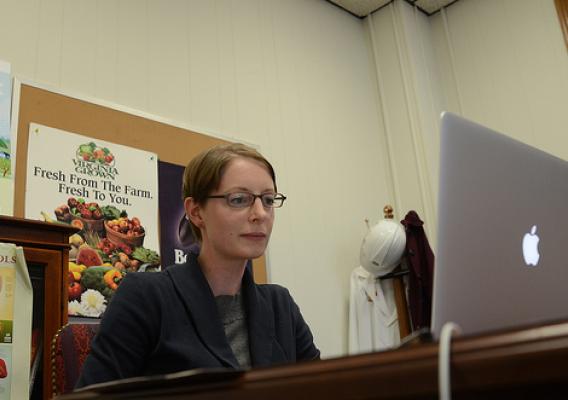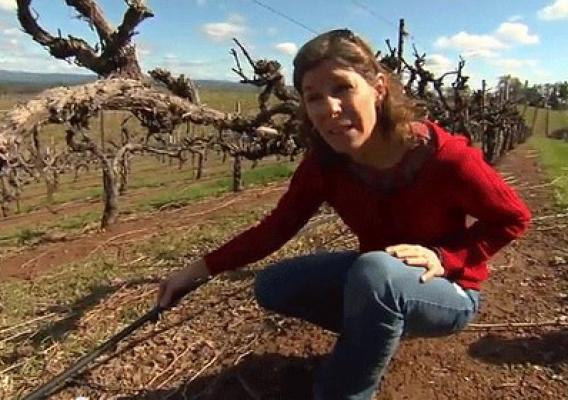Thanksgiving is a time when Americans come together to celebrate a holiday that connects each and every one of us. During this truly American holiday, we all give thanks for the previous year’s blessings and look ahead to the future. While we may bring our own traditions and flavors to the table, Thanksgiving is a time for all of us to celebrate our country’s rich history.
It has always been a special holiday to me, but this past year I developed an even greater appreciation for all that goes in to producing the Thanksgiving meal. As Administrator of USDA’s Agricultural Marketing Service (AMS), I spent the last six months visiting with American farmers and learning about their businesses. In my conversations with American farmers and ranchers, I am always impressed by their work ethic, ingenuity, and dedication to making sure their customers get the best products. It’s no wonder that our nation's farmers were responsible for producing nearly 7.5 trillion pounds of turkey in 2012—nearly half the world’s supply!—and are leaders when it comes to many other foods regularly featured in Thanksgiving meals. In 2012, American farmers also produced 3.1 billion pounds of sweet corn and nearly 2.7 billion pounds of sweet potatoes.

